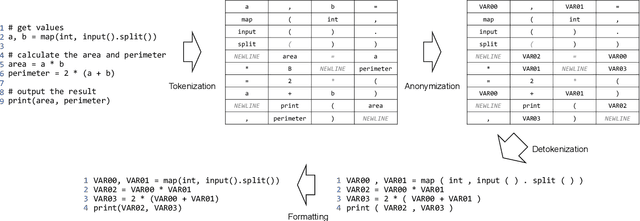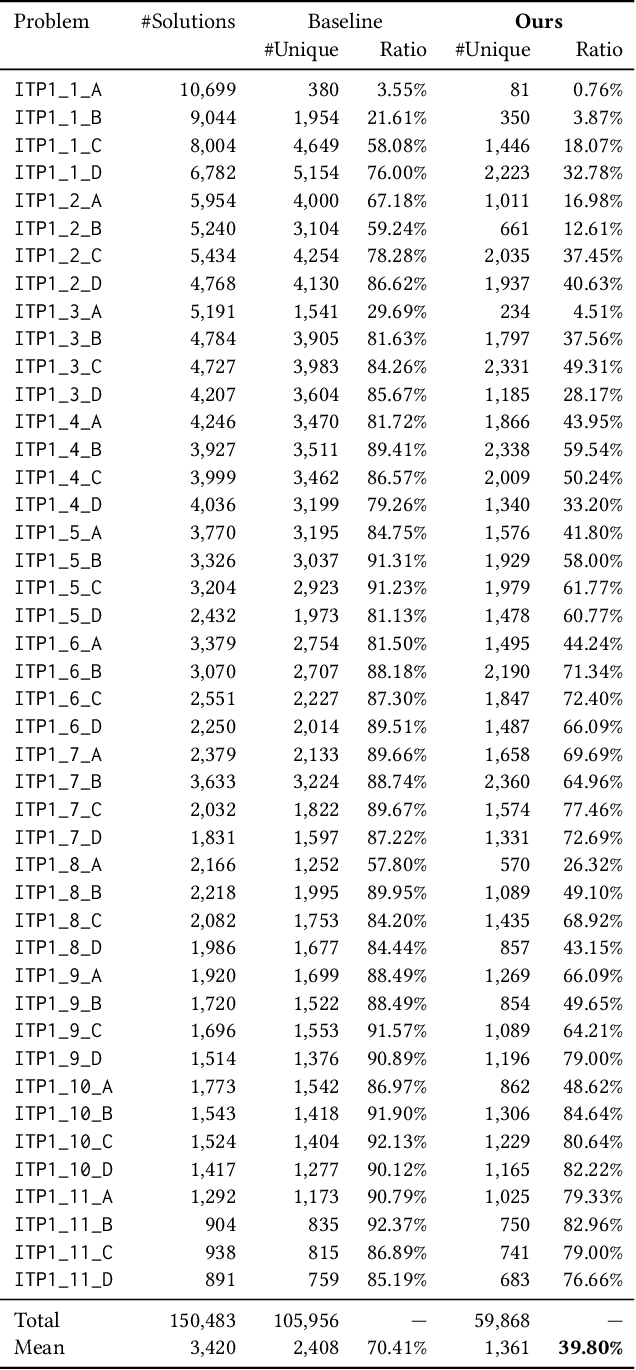Deduplicating and Ranking Solution Programs for Suggesting Reference Solutions
Paper and Code
Jul 16, 2023



Referring to the solution programs written by the other users is helpful for learners in programming education. However, current online judge systems just list all solution programs submitted by users for references, and the programs are sorted based on the submission date and time, execution time, or user rating, ignoring to what extent the program can be a reference. In addition, users struggle to refer to a variety of solution approaches since there are too many duplicated and near-duplicated programs. To motivate the learners to refer to various solutions to learn the better solution approaches, in this paper, we propose an approach to deduplicate and rank common solution programs in each programming problem. Based on the hypothesis that the more duplicated programs adopt a more common approach and can be a reference, we remove the near-duplicated solution programs and rank the unique programs based on the duplicate count. The experiments on the solution programs submitted to a real-world online judge system demonstrate that the number of programs is reduced by 60.20%, whereas the baseline only reduces by 29.59% after the deduplication, meaning that the users only need to refer to 39.80% of programs on average. Furthermore, our analysis shows that top-10 ranked programs cover 29.95% of programs on average, indicating that the users can grasp 29.95% of solution approaches by referring to only 10 programs. The proposed approach shows the potential of reducing the learners' burden of referring to too many solutions and motivating them to learn a variety of better approaches.
 Add to Chrome
Add to Chrome Add to Firefox
Add to Firefox Add to Edge
Add to Edge